Garam Choyeonjae [Korea Quality] / 가람초연재 [한국관광 품질인증]
13.3Km 2020-09-09
76-6, Hahoejongga-gil, Pungcheon-myeon, Andong-si, Gyeongsangbuk-do
+82-10-3849-7542
Garam Choyeonjae offers guests a variety of charming features, particularly the harmonious natural environment which creates a serene and relaxing atmosphere. Situated in Hahoe, which is partially enclosed by the Nakdonggang River, Garam Choyeonjae stands out among the village’s many hanok houses due to its beautiful thatched roof. The village has become a popular tourist destination thanks to the distinguished natural landscape along the Nakdonggang River, its 100 ~ 200-year-old hanok houses, and nearby Buyongdae Cliff, which commands a panoramic view of the village. The name of the house is a compound word consisting of ‘garam’, which is the pen-name of the house’s owner, a 15th–generation descendant of Ryu Seong-ryong (pen-name: Seoae, 1542-1607, a scholar-official of the Joseon Dynasty), and ‘choyeonjae’, which means “a thatched house in which swallows live.” Guests can even see the swallows and their nests under the rafters and eaves of this simple, cozy hanok. The house is also surrounded by various well-known buildings such as Damyeonjae House, the largest and oldest hanok in the village; Yangjindang House (Treasure No. 306); and Binyeonjeongsa House (National Folklore Cultural Heritage No. 86), which was built and used as a library by Ryu Un-yong (pen-name: Gyeomam). Garam Choyeonjae consists of two rectangular hanok buildings with clean and well-maintained rooms exuding a traditional and antique atmosphere. In particular, the house’s beautifully maintained thatched roof attracts many foreign visitors. The house also provides various experience programs, including an opportunity to use a treadmill, millstone, and mortar, and a gat-making experience (a gat is a Korean traditional hat made of bamboo and horsehair). Moreover, visitors are highly recommended to appreciate the fantastic view of the sunset from the wooden floor of the house’s sarangchae (men’s quarters), and the beautiful garden planted with seasonal wildflowers.
Yangjindang (하회 양진당)
13.3Km 2025-07-01
68, Hahoejongga-gil, Andong-si, Gyeongsangbuk-do
“Andonog Hahoe Yangjindang,” located in the Hahoe Folk Village, is Treasure No 306 and the residence of a family with the surname Pungsan Ryu. A tablet read Ipam Antique House, named after Ipam Ryu Jung Yeong (1515 - 1573), is hung on the entrance. Yangjindang is named after the nickname of Ryu Yeong (1687 - 1761), the sixth generation of Gyeongam Ryu Un Ryong, son of Ipam. The name means “nourishing well one's own nature.” The Hanok stands over the entrance, with a well-polished floor that is grand yet friendly. One of the characteristics of the house is that it includes Sarangcha or detached building, which reflects the architecture from the Goryeo period, and Anchae or main building in the architecture style from the Joseon period.
It is expected that such co-existence was made possible because of the repairs done after Imjin War. How fortiunate that the antique house has been preserved until now! The well-tended garden shows the commitment of the descendants to maintaining the space. Rooms are rather simple compared to the grand exterior of the house. Traditional mother-of-pearl furniture, tableware in the cupboard, randomly ceramics placed draw attention. The house resembles a small folk museum. Why not enjoy some traditional folk games during your stay? There is a variety of play tools such as yut, tuho, jegi, tops, and kites. Experience programs such as gayangju brewing, rice cake and traditional dessert making, and flower tea are conducted by the first daughter-in-law of the house, depending on the season.
Damyunjae (담연재)
13.3Km 2023-08-22
Hahoejongga-gil 76-3, Andong-si, Gyeongsangbuk-do
Daegu Wang Bboljjim (대구왕뽈찜)
13.4Km 2021-03-26
105-11, Suho-ro, Andong-si, Gyeongsangbuk-do
+82-54-852-9111
It is a place where you can enjoy Braised Codfish Head and Makguksu together. This restaurant's signature menu is braised codfish head. This Korean dishes restaurant is located in Andong-si, Gyeongsangbuk-do.
Bondong Bogeo (본동복어)
13.4Km 2021-03-24
7-8, Cheonnyeonsupseo-ro, Andong-si, Gyeongsangbuk-do
+82-54-852-8500
It is a place where you can savor the taste of nature and enjoy cool swellfish soup. This Korean dishes restaurant is located in Andong-si, Gyeongsangbuk-do. The most famous menu is puffer fish soup.
Kokkiri Sikdang (코끼리식당)
13.4Km 2021-03-26
7-19, Cheonnyeonsupseo-ro, Andong-si, Gyeongsangbuk-do
+82-54-854-9889
It is a place where you can enjoy various Korean dishes. This Korean dishes restaurant is located in Andong-si, Gyeongsangbuk-do. The most famous menu is grilled pork belly.
Andong Yangban Modern Hanjeongsik (안동양반모던한정식)
13.4Km 2021-03-24
101-18, Suho-ro, Andong-si, Gyeongsangbuk-do
+82-54-853-6400
It is a place boasting of 20 years’ tradition where you can enjoy modern-style Hanjeongsik (Korean Table d'hote). The best menu at this restaurant is Korean table d'hote. This Korean dishes restaurant is located in Andong-si, Gyeongsangbuk-do.
![Garam Choyeonjae [Korea Quality] / 가람초연재 [한국관광 품질인증]](http://tong.visitkorea.or.kr/cms/resource/43/2579443_image2_1.jpg)
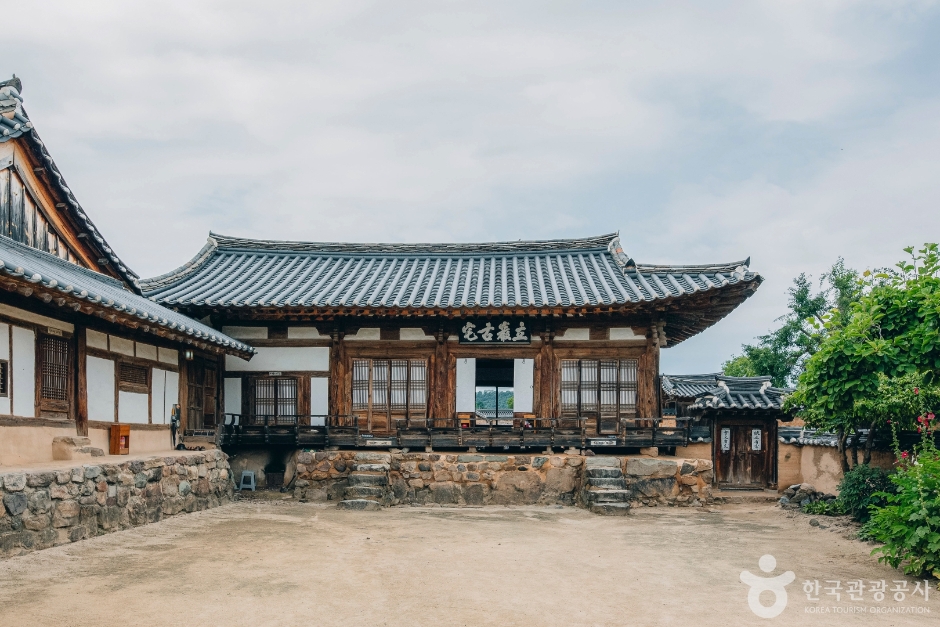

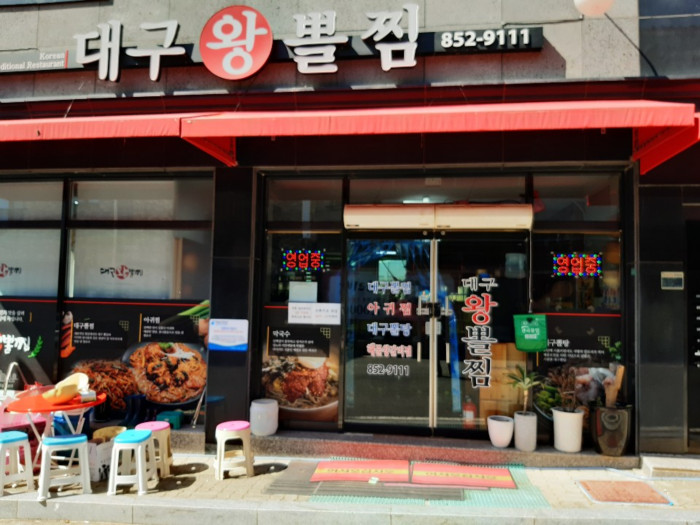
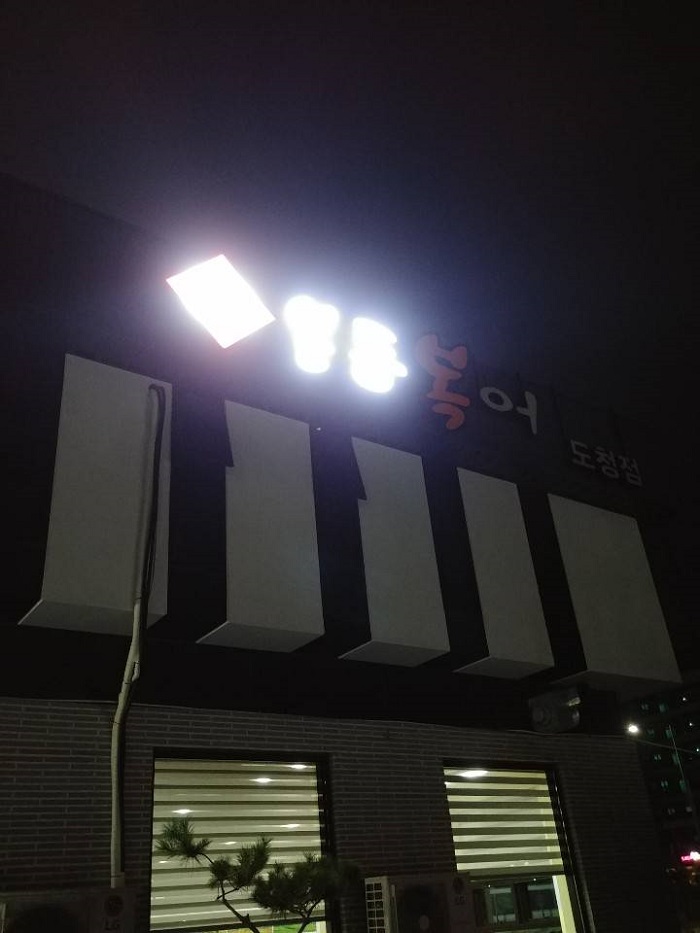
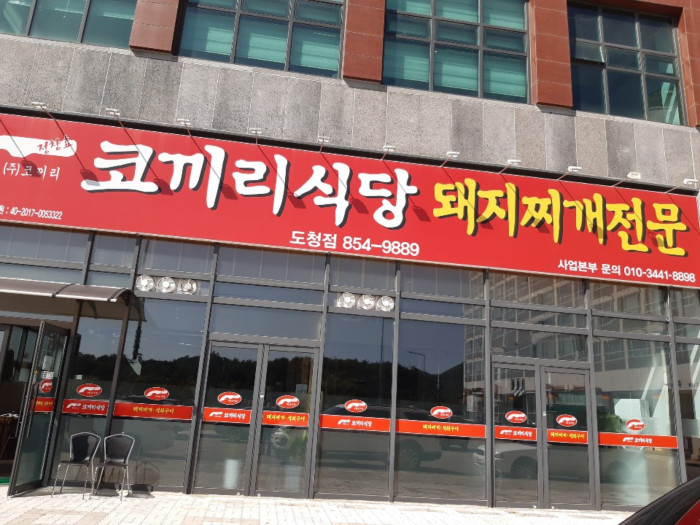
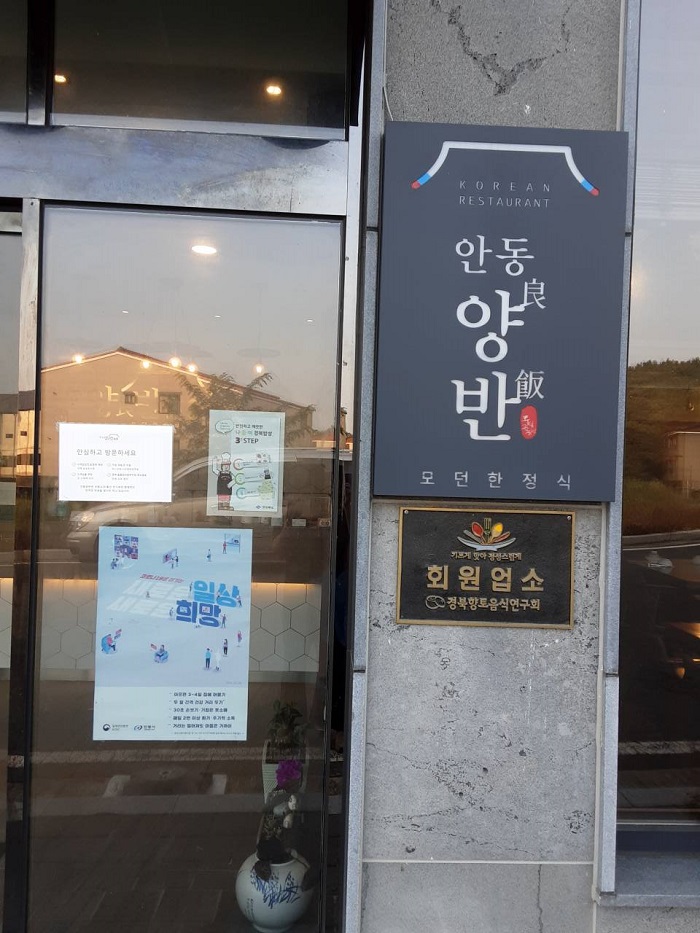
 Español
Español
 한국어
한국어 English
English 日本語
日本語 中文(简体)
中文(简体) Deutsch
Deutsch Français
Français Русский
Русский